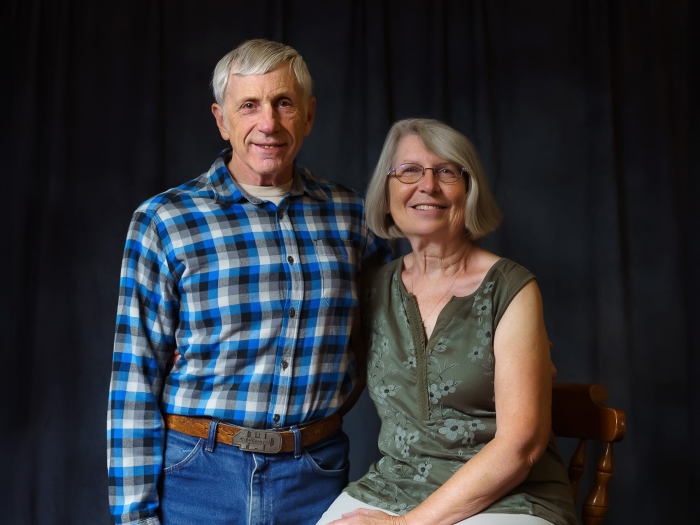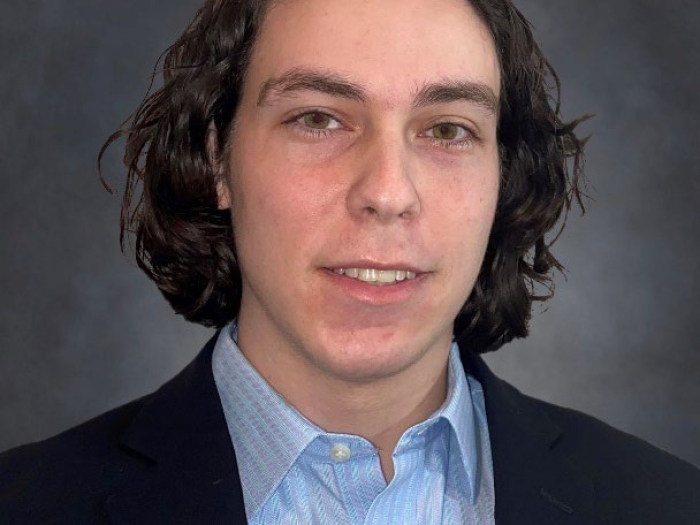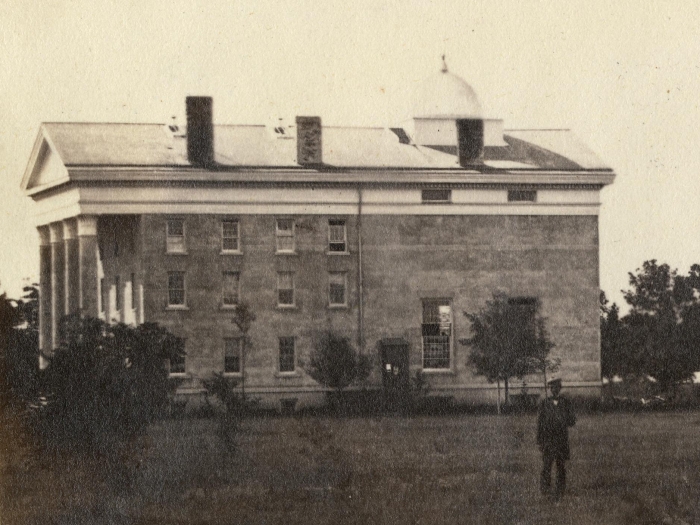We only spoke for sixty seconds, a chance meeting at the breakfast line on the last day of a conference. It was an intense minute of conversation, though, as we had met exactly one year earlier on the sun-lit streets of San Francisco. We realized then that we were both actors going through medical school, him a film actor, me a stage actor and we were eager to compare notes. When we met a few days ago, the parallel path that linked our stories became even more aligned as we both happened to have just completed our Surgery rotations. "What did you think?" he asked eagerly. "I liked it" I said. "So did I!" he responded with enthusiasm before I had barely completed my response. "It felt familiar didn't it?" I probed, "The Operating Room is like a . . ." "A movie set!" He completed my sentence. I was actually going to say stage as I thought of the lights, the roles, the robes and rituals, but his reference point sounded interesting and I listened for more. "First, all the "techs" (nurses, students) set up the "set/OR", then the "talent" arrives (fellow or attending) when everything is ready to "shoot" (cut). I would love to have heard more, but the program was beginning and we parted to find our seats. But my partner in crime was right, surgery is in many ways, a movie . . .
You the medical student start off as an extra. You are careful not to step into the spotlight in the center of the operative field. This is the domain of the "lead actor" (the attending surgeon). Then you have to be careful not to be in the space of the "supporting actor" or first assistant (fellow or resident). Just when you think you have successfully found your place, you bump into the "props table", the sterile collection of instruments carefully prepared by the "props master/scrub nurse." Sometimes the best place to watch an operation is in "the wings" behind the curtain with the "stage manager/anesthesiologist." These are the silent controllers of the action doing things the "audience/patient" never really sees like calling light cues or maintaing adequate sedation. And yet, they are crucial to an effective "performance." As the extra, being in the OR can feel like a thankless task. Long operations are a test of focus and patience and are also a time when many decide on their specialty . . . or at least eliminate one. The most you might do in some operations is cut the suture with a pair of scissors. But for some, and I include myself here, there are those moments when the extra does a little extra, and can make even a long operation somehow worth it. The long silence is broken with a question about the operation that leads to an insight, or the offer is made that is both terrifying at first but ultimately most satisfying, "Would you like to close?" With surgery, you move from the "table-readings" to the stage or the set and you perform with eyes on you including the residents, the nurses and the anesthesiologists. But you take the leap anyway, stumble, fall and try again. It is not for everyone, but for some . . . Like strange early morning movie shoots, surgery rotations have demanding hours that include rounds at 6am, operations, clinic, floor work, rounds again and all the patient care in between. At some point we all must ask, "How much do I want this?" or even "Do I want this?" like the aspiring performer who must also persist despite daunting odds.
*** Different colored tears***
But like most metaphors, this one reaches its limit. Surgery is not a movie. Mistakes can't simply be edited. The sacred threshold of the body is crossed and can't simply be cleaned up with make-up. Lives truly are at stake and are changed on a daily basis. And despite the fact that the surgery is "rehearsed" and there is a surgical plan, some moments can't be prepared for . . . as I found out when I went on my first organ procurement while on the Transplant service. I jumped into the car, joined the fellows as we rushed off to pick up a newly available liver. We arrived at the hospital of the donor and then a few moments later they wheeled him in, a four year old boy. He looked like he was peacefully sleeping. But he wasn't. He had been brain dead for several hours. All breaths now were external, all heartbeats created, all life illusory. It was a difficult sensation when I first saw him. I could only imagine the anguish of his parents; and yet, there were another set of parents sixty miles away feeling the swell of hope for the first time as they awaited the new liver for their sick child. They were crying different colored tears. This whole encounter felt surreal and sacred to witness. I was not expecting the fellow to say "Jonathan, come and do the final closure." It is not unusual for medical students to help close the final skin of an operation. But this was different; this patient was not going to wake up. I felt that my suturing here was not just the sealing of a incision, but felt almost like a funeral rite. I remember thinking, "I just want this to be neat, in his honor." Six hours later, his liver was in another little boy, and a life was changed.
Now, not every day on surgery will be this dramatic or poignant, but that day was. Like in a movie or a play, victories and failures in surgery are all too visible and that's hard and exhilarating. Surgery is simultaneously bold, yet vulnerable, assertive yet humble, or at least should be.
And so, the operation and the performance end, the lights go out, the patient and the audience leave the room and the actor and the surgeon watch after them and silently think, "I hope what I did changed that person for the better . . ."

Department of Communication at Michigan Medicine
Want top health & research news weekly? Sign up for Health Lab’s newsletters today!




